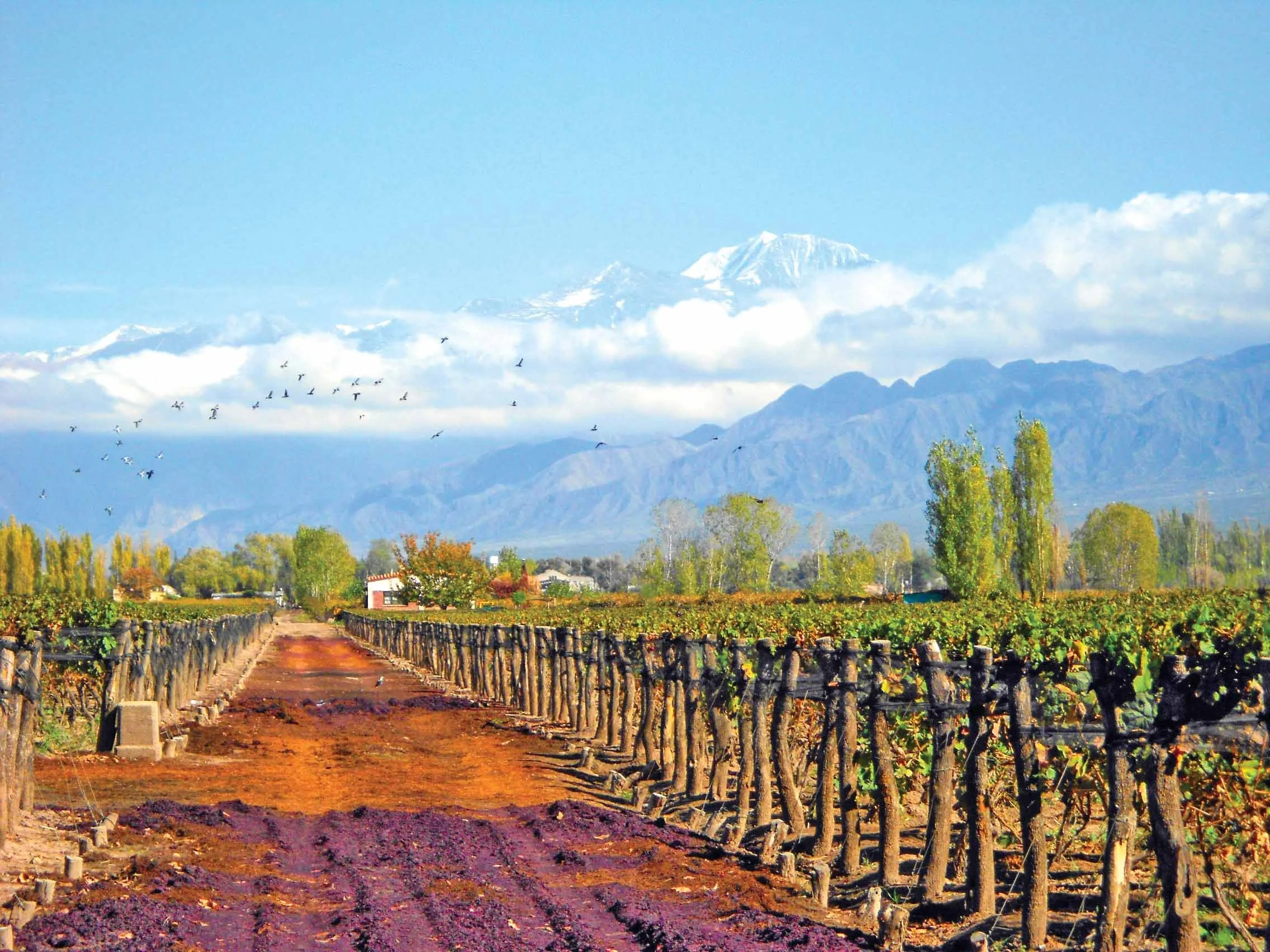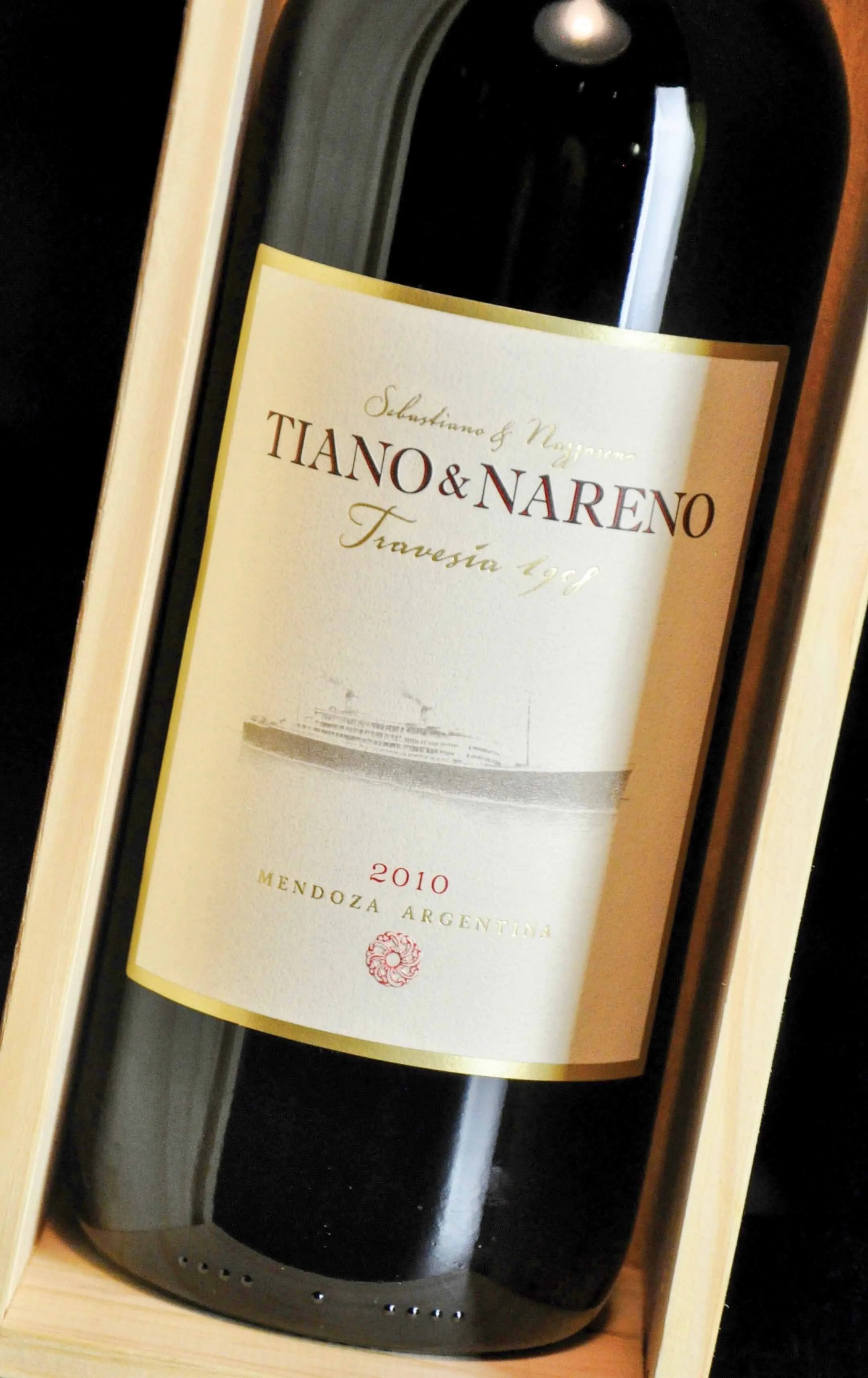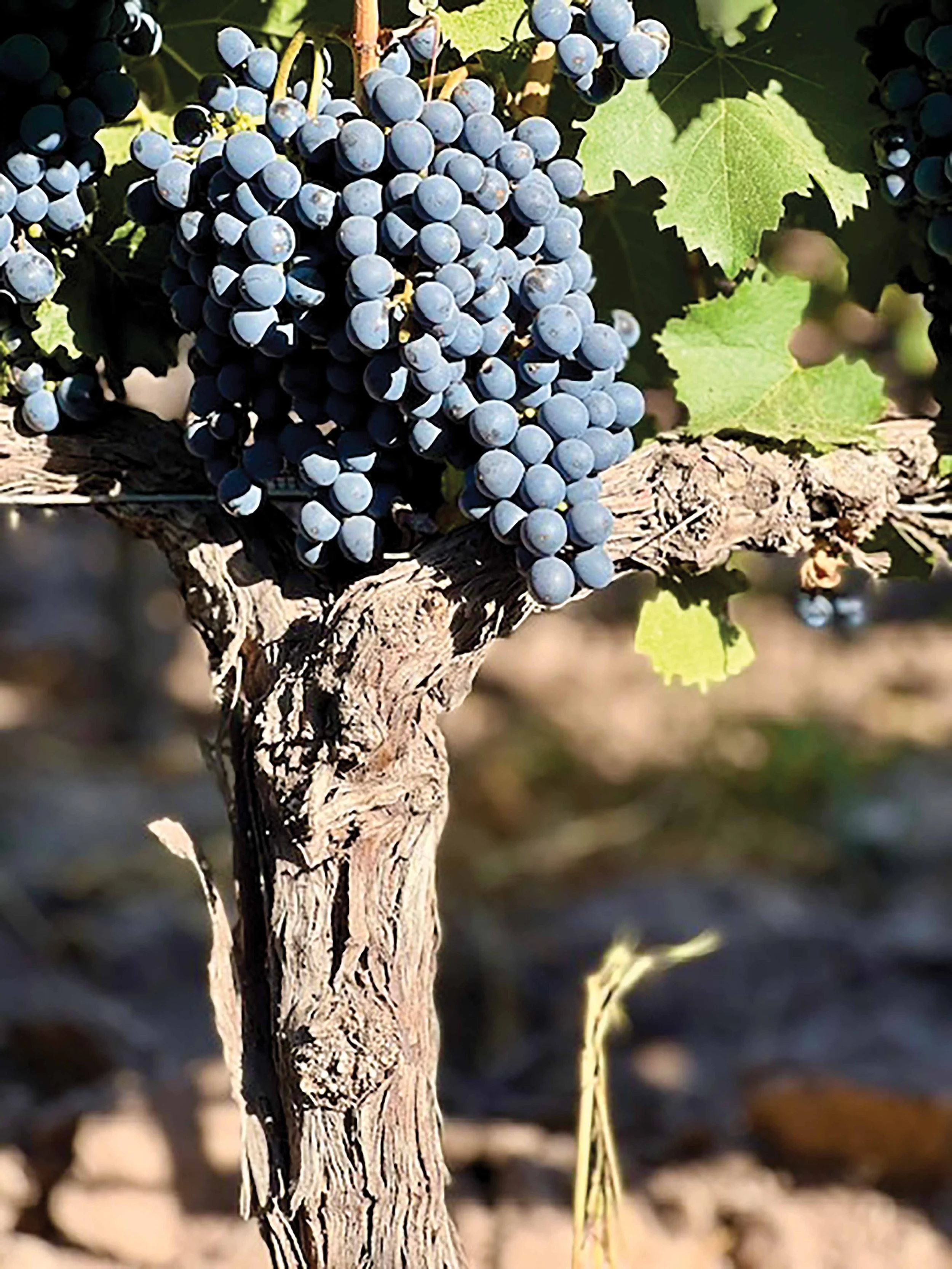A Vintage Reborn






As a highly educated cancer researcher and currently serving as the Global Medical Affairs Head of Oncology Academic Innovation and Partnerships at a pharmaceutical company, Ariel Savina has always had a burning desire to reconnect with the land — the land of his origin, where his family, as immigrants, had taken root and cultivated vineyards. That inspiration and seed have grown into one of the most exclusive and elusive wines from South America. For him, it is a voyage that honors the journey of his predecessors.
Ariel Savina lives in Paris and was born in Mendoza, Argentina, a wine-producing region since the 17th century, now renowned for its world-class wines. But it wasn’t always this way. Two young men in their early twenties immigrated from Italy to Buenos Aires during a wave of immigration to Argentina just after the turn of the century. Sebastiano Accorra, nicknamed Tiano, came from Sardinia, and Nazzareno Savina, known as Nareno, hailed from Umbria. Their families in Italy had cultivated vines, and both brought those skills with them to Argentina in 1908. After landing in Buenos Aires, they searched for a place where they could apply their craft and earn a living. They eventually settled in a virgin area of Luján de Cuyo in the province of Mendoza, known for its high-elevation desert (~1,000 meters above sea level). Even today, the region features stony, well-drained soils, 300 days of sunshine, and dramatic diurnal shifts — ideal conditions for growing high-quality vines. At the time, however, no one could have predicted how great the region would become.
Tiano and Nareno’s children — Savina’s mother and father — considered working the land a thing of the past and focused instead on the industrialization and modernization of Argentina, working in fashion and petroleum, respectively. They ultimately sold the vineyards their parents had planted. From childhood, Savina knew he wanted to bring vineyards back into the family. But his path and passion led him to medicine and cancer research, and he moved to Paris, where he has lived for over 20 years, to pursue his scientific career. Living in France, Savina was deeply influenced by French wine culture — an experience that proved essential to launching the adventure of making wine from his grandfathers’ vineyards in Mendoza.
The 1990s were a breakout decade for Argentine wines. The global wine world, especially the U.S., under the influence of renowned critics, favored richly flavored, extracted, and heavy wines. Argentine producers were more than willing to supply this style, which marked a shift from the classic, old-world elegance and finesse to broader, bolder, and more extracted wines. Savina recalls, “We tasted an old vintage of Malbec from 1977 together and it was magic!” His French partner, visiting Mendoza for the first time in 2004, was instantly convinced, and together they set out to create a new wine project.
The search for the right vineyards began in 2005, but the first vintage wasn’t produced until 2010. The goal was to craft something small and exclusive from strict selections. Inspired by the philosophy of the revered Champagne Salon, they did not intend to produce the wine every year. It would be a single wine; no second or third labels. In fact, there have only been seven vintages in the last 20 years.
The wine is called Tiano & Nareno, named after Savina’s grandfathers. It is an homage to the journey from Italy to Argentina more than 100 years ago. The label even features an image of the ship they traveled on, and the original photograph still hangs in the family home. Today, the vineyards total seven hectares, with vines averaging 65 to 70 years for Cabernet Franc and 80 to 85 years for Malbec. Some are over 100 years old.
Each release is a true expression of what was exceptional that year. Most of the time, it is a blend of the two grapes, but in certain vintages — such as the unreleased 2023 — it can be a single varietal (Cabernet Franc). The current vintage, 2020, is a blend of 70% Malbec and 30% Cabernet Franc, aged just a few months in French oak barrels. It offers a phenomenal aromatic profile; cassis and purple flowers, sweet and penetrating. On the palate, it shows restraint while still coating the mouth with blackberry, açaí and dark chocolate flavors.
It’s easy to see why this is the only South American wine served on Japan Airlines — and only in First Class. Their commitment to quality and prestige speaks volumes. Due to the limited production of just 4,000 to 5,000 bottles, Japan Airlines features it in First Class for only three months of the year on flights between Tokyo and Paris. The wine also graces some of the fin-
est restaurants in the world (3 Michelin stars): Mirazur in Menton, Pic in Valence, Asador Etxebarri in Bilbao, Cycle and Andaz in Tokyo, Aragu in the Maldives, Le Cinq in Paris, Jara in Dubai, Raffles in London, and the Ritz-Carlton in Melbourne.
With Tiano & Nareno, Savina has come full circle. He has reconnected with the land of his birth and brought his family’s story to discerning palates. The style recalls the true Argentine tradition of winemaking — one his grandfathers would be proud of.
